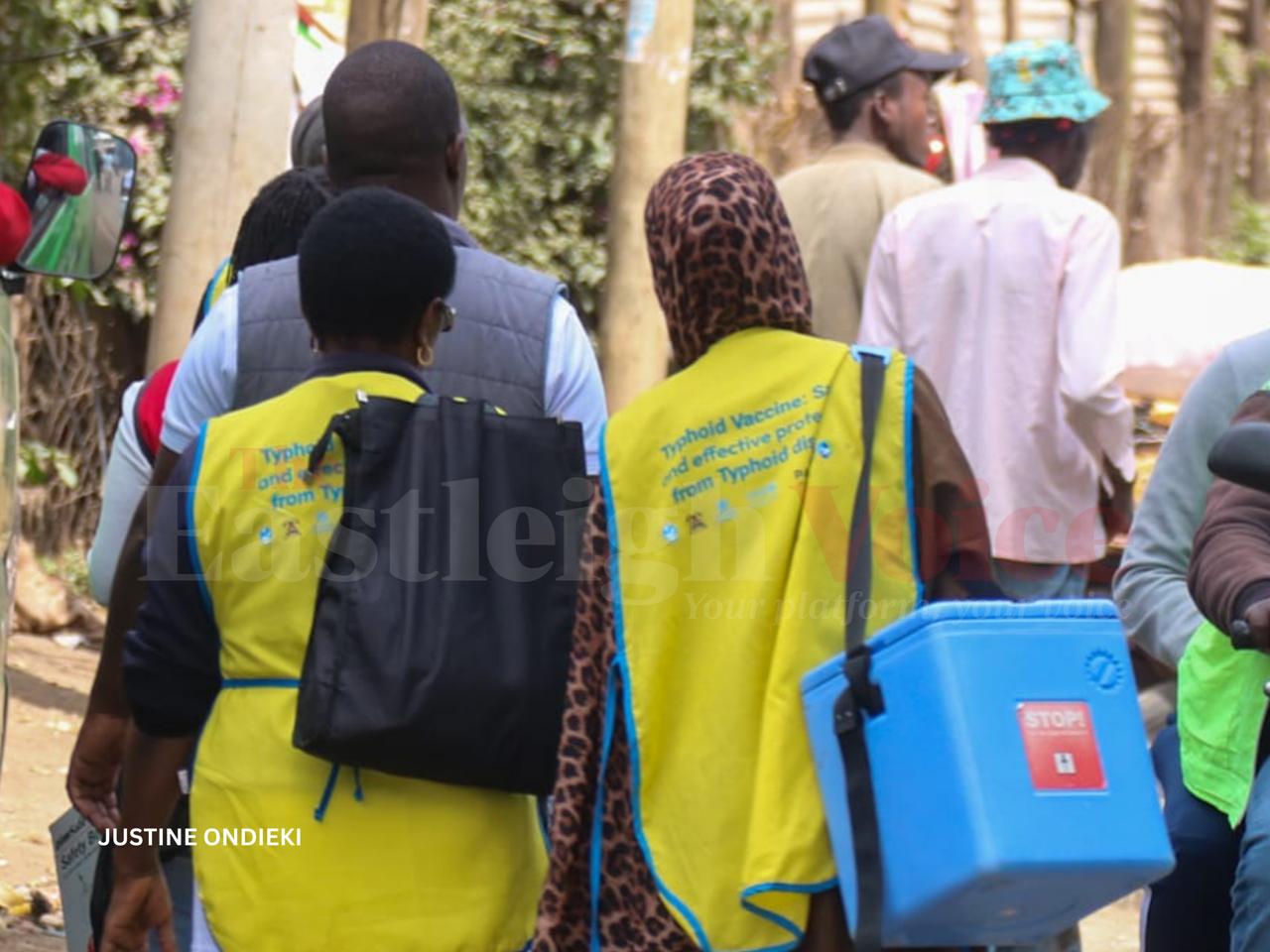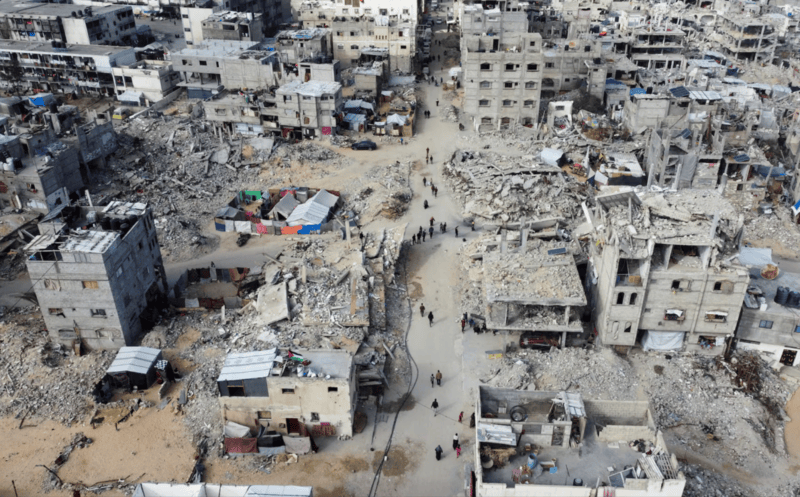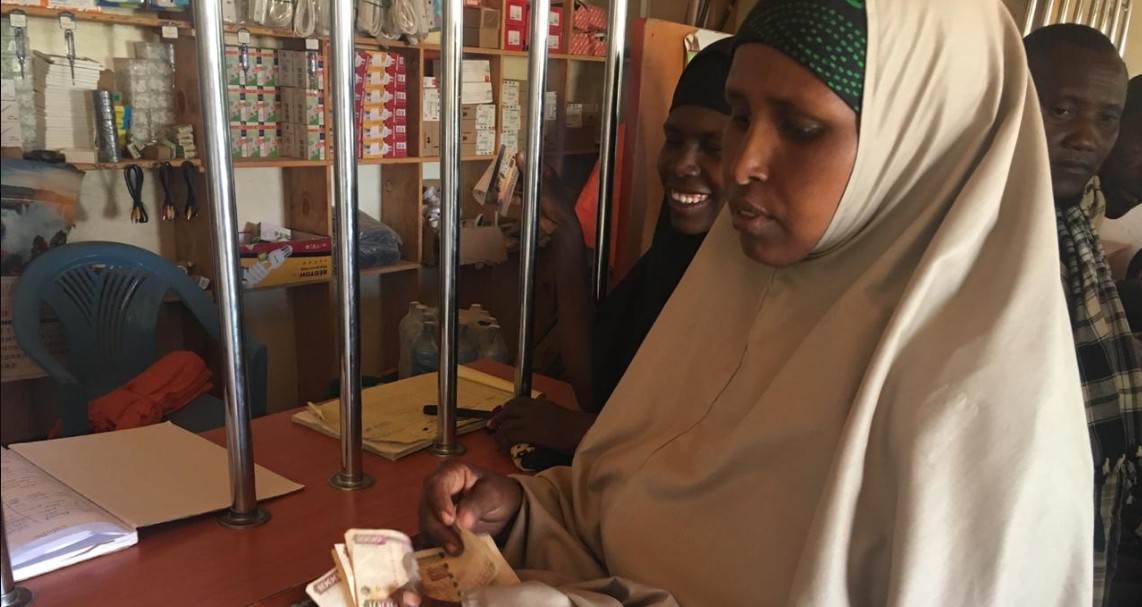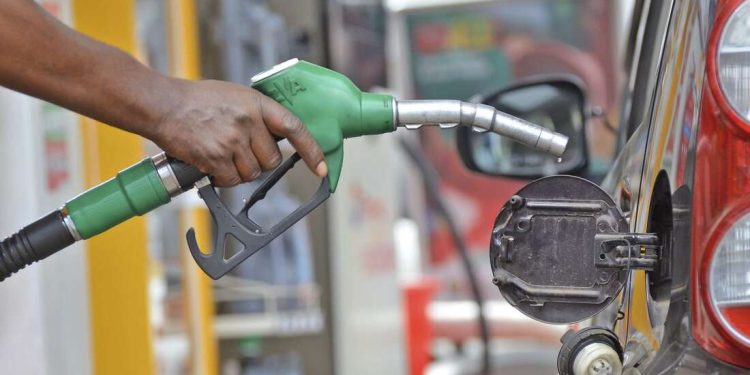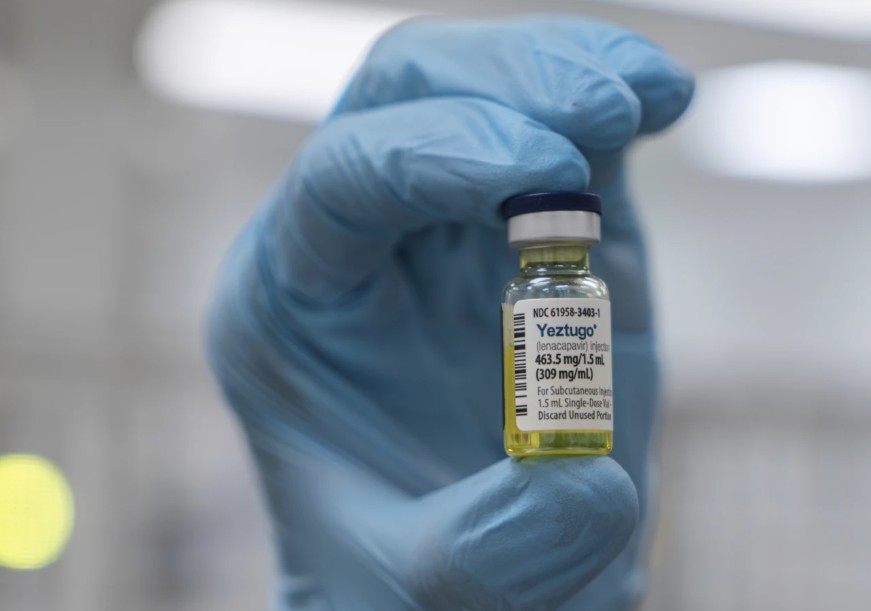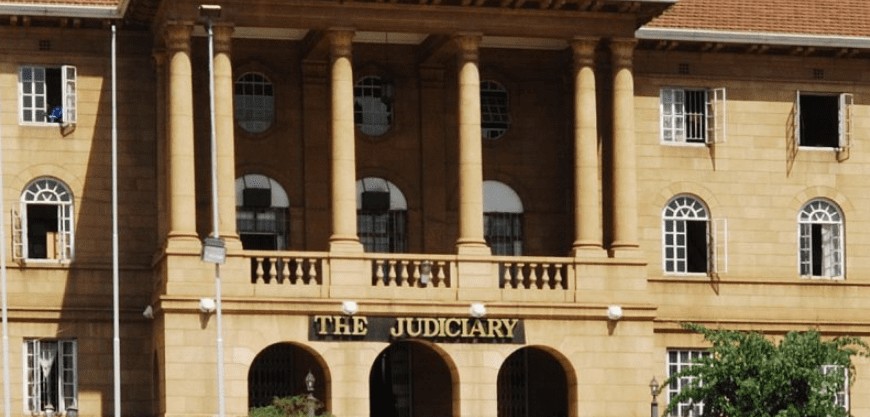Saturdays, evening hours deadliest for Kenyan roads in 2024
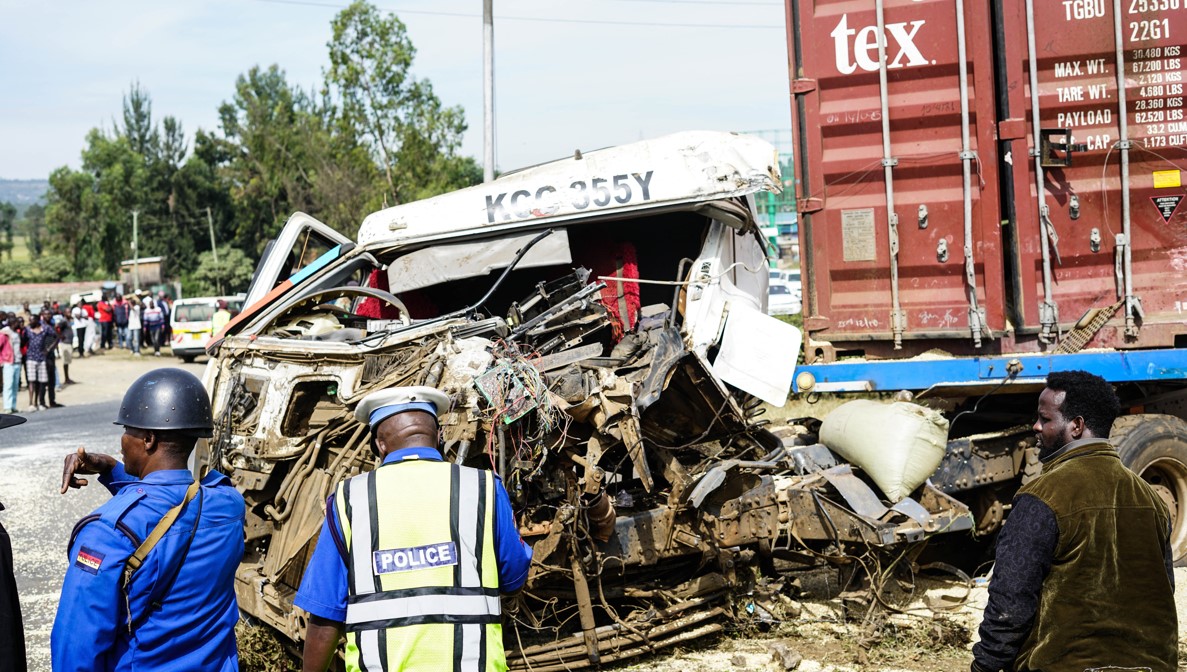
A total of 4,748 people died in crashes last year, an increase of 424 deaths from 2023.
Data from the National Transport and Safety Authority (NTSA) shows a worrying rise in road fatalities in 2024, with Saturdays and evening hours proving to be the deadliest times for road users.
A total of 4,748 people died in crashes last year, an increase of 424 deaths from 2023.
More To Read
- Police intensify search for missing pistol following NSSF chairman's car crash
- Oil tanker overturns on Southern Bypass, section temporarily closed
- 37 killed in grisly Tanzania road crash
- Controversial televangelist Gilbert Deya of ‘miracle babies’ saga dies in Kisumu road crash
- Four critically injured after Matatu overturns in Nyeri
- 12 killed in Nakuru crash as matatu, lorry collide on Njoro-Elburgon road
Saturdays claimed 855 lives in 2024, up from 782 in 2023, making it the most dangerous day of the week for road travel.
Sundays followed closely with 828 deaths, compared to 778 the previous year. Mondays also saw a steep rise, recording 743 fatalities in 2024, up from 576.
Mondays also saw a steep rise, recording 743 fatalities in 2024, up from 576.
At least 649 lives were lost on Friday compared to 644 in 2023 while Tuesday recorded 573 road fatalities which is an increase from 477 in 2023.
Thursday saw the least deaths from road crashes at 518 which was an increase from 531 in 2023
The NTSA attributed these trends to high traffic volumes and risky driving behaviours during weekends and the start of the week.
Men continued to dominate the fatality statistics, with 4,035 male deaths recorded in 2024 compared to 3,531 in 2023.
This contrasts with a decline in female fatalities, which dropped from 784 in 2023 to 713 in 2024.
The disparity has been linked to risky behaviours like speeding, drunk driving, and motorcycle usage, which are more prevalent among men.
Riskiest times
Evening hours between 7 pm and 8 pm remained the riskiest time for road users, accounting for the majority of fatalities.
Poor visibility, fatigue, and increased traffic during this period were noted as major contributing factors.
The data further highlights a rise in fatalities among young adults aged 20–34, with the 30–34 age group showing a particularly sharp increase.
On the other hand, deaths among those aged 65 and above remained largely unchanged or slightly decreased over the two years.
Killer roads
NTSA also identified Nairobi as the region with the highest number of fatal road accidents. Outering Road, Eastern Bypass, Thika Superhighway, Waiyaki Way, and Northern Bypass top the list of deadly roads in the capital.
According to NTSA data, the Rift Valley region has the highest concentration of blackspots, with 13 hazardous locations.
Many of these are along the Nairobi-Nakuru-Eldoret highway, a key part of the Northern Corridor linking Kenya to Uganda, South Sudan, Rwanda, and Burundi.
This busy route, heavily used by cargo and passenger vehicles, has earned the grim nickname "Highway to Hell."
The Salgaa stretch, spanning from Ngata Bridge to Sachangwan, is among the most dangerous sections.
In 2024 alone, this 20-kilometre stretch claimed 42 lives, with accidents often involving head-on collisions or hit-and-runs. To curb the carnage, a temporary concrete barrier was constructed, reducing the number of crashes, but the Sobea-Salgaa section still claims about five lives each month.
Other high-risk areas in Rift Valley include Mau Summit-Londiani, Timboroa-Makutano, and Pinyiny Hills on the Narok-Maai Mahiu road.
The Bomet-Narok road has also proven deadly, with over 15 lives lost since the beginning of 2025. On January 9, an accident at Twin Bridge near Mau Summit killed 15 people and injured over 30.
In the Mount Kenya region, Nithi Bridge on the Meru-Embu road stands out as the most dangerous blackspot, with fatal accidents reported since its opening in 1985.
In September 2024, a head-on collision between a van and a pickup claimed 12 lives. Other dangerous areas include Kiganjo on the Nyeri-Narumoru road, the Limuru-Uplands section, and the Kiambu-Muthaiga road.
Nyanza is not spared, with accidents frequently reported in Awasi on the Kisumu-Kericho highway, Kiboswa on the Kisumu-Kakamega road, and Daraja Mbili in Kisii.
In Western Kenya, blackspots such as Kaburengu, Yala Bridge, and Chavakali have also recorded high fatalities. On November 15, 2024, a fuel tanker crash at Kaburengu claimed 10 lives.
The Coast region's blackspots include the Maungu-Voi stretch, Mazeras-Miritini, and sections of the Mombasa-Nairobi highway, such as Chumvi and Salama-Sultan Hamud.
Other hazardous spots are Jiwe Tanga in Malindi and Navy Junction on the Lunga Lunga-Likoni road.
Eastern and North Eastern Kenya are among the safest regions, with fewer blackspots.
However, areas such as the Machakos-Wamunyu Road Section, Mlolongo-Small World Club Junction, and Garissa-Madogo remain hazardous.
Top Stories Today

